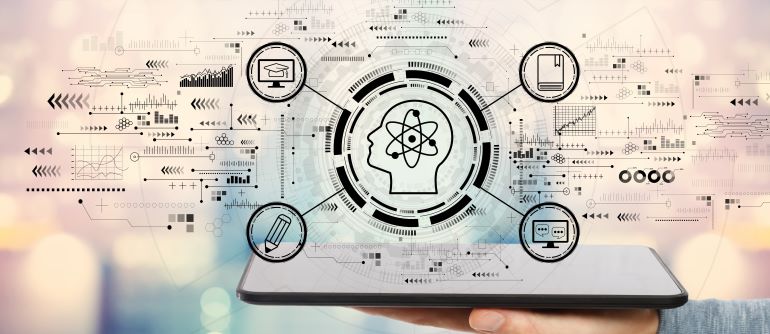
Many fear artificial intelligence (AI) is going to replace workers, but career development specialists and innovators are ensuring this does not happen.
Instead of using AI to bluntly cast away human employees, they are using AI to craft personalized learning paths for employees to refine and update their skills and achieve higher goals.
AI Algorithms Analyze Learning Styles
Everyone learns differently, and AI may be more adept at noticing the nuances and patterns in learners than people.
Corporate e-learning platforms are often one-size-fits-all solutions, and conventional options are unintentionally limiting or inaccessible to many. This could be why many people struggle to absorb information and hone skills on the job because static courses cannot know the student or change their approach based on their potential.
Instead, curated learning increases dedication and motivation, and in a business, it can produce an 81% difference in absenteeism and 14% shift in productivity. AI algorithms grow with the learner by assessing their performance data. Leveraging that, the models can create a tailored educational plan based on interests, knowledge gaps and learning preferences.
The coursework has a higher chance of success because it is personalized to keep a pace that engages the learner continually and consistently. It can also:
- Make assignments harder or easier depending on scores.
- Present information in an auditory, verbal or visual format.
- Use accessibility features to help workers with disabilities.
- Offer support outside of working hours.
- Translate materials into other languages.
- Create unique quizzes, tasks and content for each person.
How AI-Driven Customization Improves Career Development
Is AI’s effectiveness in professional learning as profound as its capabilities?
Social-Emotional Learning
AI can be just as proficient in empathetic teaching styles as people, encouraging more profound human interactivity. Social-emotional learning (SEL) teaches with mental health in mind; the model could notice when a worker repeatedly fails a test, slows their pace or disengages from material for long periods.
These metrics could notify it and encourage collaboration:
- Interactive exercises
- Journaling prompts
- Chatbot support
- Interpersonal skill development
- Group projects
Dealing With Numbers
Technology supplements the workforce by allowing more employees to learn simultaneously instead of being limited to how many people there are. An educator in Australia — who sometimes taught 500 students at a time — leveraged machine learning to increase connection between them when they could not provide individual attention. In large workplaces, AI and machine learning are the only resources to personalize e-learning for many diverse minds.
Mentoring Colleagues
Having a mentor in the workplace is one of the surest ways to achieve progress. One study created MentorAI, which could fill this gap for workers. Its goals were to help staff develop skills and aid in career progression. It gave accurate context-sensitive responses leveraging its advanced natural language comprehension, while also learning as it became more familiar with the student, showing the importance of dynamic education at work. The app shifted teaching metrics and objectives based on the individual.
Balancing Skills Proficiency
One case study that attempted to use AI to transform human resources management tested multiple algorithms on 5,000 employees’ data to determine their promotion and leadership potential. The most effective was 96% accurate, identifying the team members needing more upskilling and personalized support.
Tests like this could level the playing field, empowering workers in lower-ranking positions to strive for more because of increased attentiveness.
Revolutionizing Training and Career Progression
Onboarding trainees and tenured staff members deserve the same degree of customized career education. Expanding skill sets and adapting this generation to fit the needs of tomorrow is critical, but they must be captivated and willing to learn. Incorporating AI could change corporate culture from dismissing these modules to getting excited every time a learning opportunity arises.


